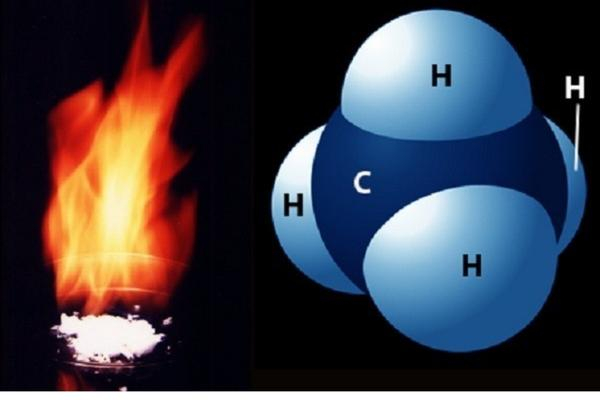Methane (CH4)

The second-most significant greenhouse gas is methane (CH4). Despite having much lower atmospheric quantities than CO2, it is more powerful. Additionally, CH4 stays in the atmosphere for a shorter period of time than CO2-roughly 10 years as opposed to hundreds of years. Numerous wetlands, methane-oxidizing bacteria that consume the organic matter that termites eat, volcanoes, seepage vents of the seafloor in areas rich in organic sediment, and methane hydrates trapped along the continental shelves of the oceans and in polar permafrost are all examples of natural sources of methane. The atmosphere itself serves as the main natural methane sink, while bacteria in soil also act as a natural methane sink there.
Similar to CO2, human activity is raising the concentration of CH4 faster than natural sinks can reduce it. Currently, around 70% of total yearly emissions are attributed to human sources (including rice cultivation, cattle husbandry, the burning of coal and natural gas, biomass combustion, and decomposition in landfills), which has resulted in significant concentration increases over time.







